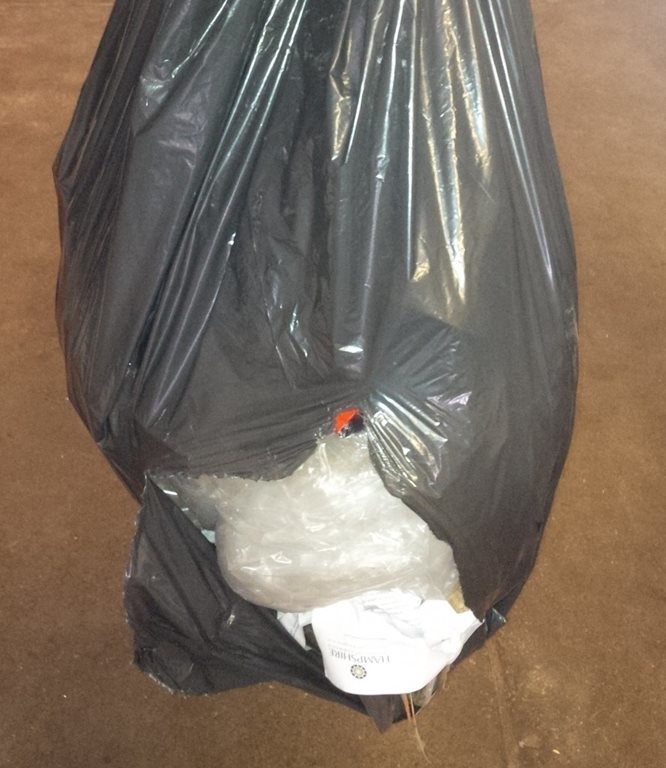How to choose a refuse sack
Choosing the right Polythene Sack for the job
http://www.youtube.com/watch?feature=player_detailpage&v=BthtDCiP3xM
The Issue
When a sack splits it's messy in more ways than one. The cleaner or client complains to the management, the management then complains to the supplier (and rightly so).
It creates more work when a sack splits so we find that customers sometimes buy extra thick sacks to safeguard from sacks splitting and causing a whole heap of problems. This can be overkill therefore expensive.
It's been a long time coming but there is a simple system out there that provides an honest and consistent way of knowing the strength and capability of a refuse sack with referring to a gauge.
You ask several suppliers for a 160 gauge refuse sack and the chances are each one will vary in quality.
Enough with the gauge system. Its over and out of date!
The performance of recycled films is always improving due to investment in recycling, blending, extrusion techniques and additives used, leading to the production of consistently superior films.
To remove the mystery and confusion surrounding thicknesses/qualities of refuse sacks that have troubled buyers for umpteen years Source Supplies stock sacks produced to the CHSA Sack Accreditation Scheme which are independently tested to perform to measurable standards as shown below;
- Light duty - up to 5 kilos
- Medium duty - up to 10 kilos
- Heavy Duty - up to 15 kilos
- Extra Heavy Duty - up to 20 kilos
E-SACK SCHEME - 4 ways to test sack quality
One of our innovative suppliers of refuse sacks, Polaris Plastics, have devised a really handy way of assessing the quality of sack.
Newly launched is the E-Sack scheme which has a great tool on its website that lets you select your usage needs for a sack and identifies the right sack, covering the 4 key performance areas;
 Simple tests you can give your refuse sack
Simple tests you can give your refuse sack
To identify the most suitable sack for your needs simply visit - www.refusesackperformance.com